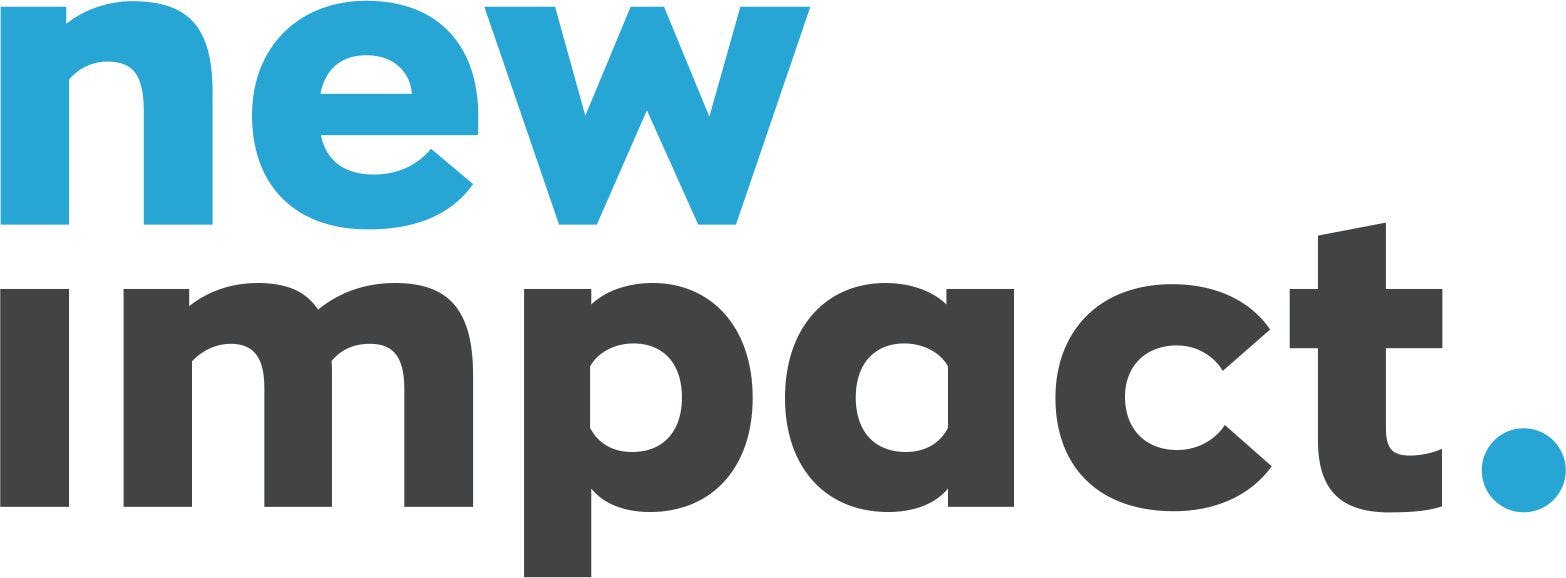Pages

Tri-Sector Innovation Tools
Impact Journey
Where to focus first? Mapping to understand the perspective of the impacted
When working on problems embedded in complex systems, it can be hard to know where to focus first. Understanding the problem from the perspective and experience of impacted individuals is helpful for homing in on pain points and critical for designing effective solutions.
To meet this need, we’ve created a visual tool, the Impact Journey, to reflect the experience of impacted people by breaking down a complex impact area into a detailed step-by-step journey that surfaces obstacles, pain points, desires, interventions, successes, gaps, and opportunities.
We consider the Impact Journey to be one of our most important tools — invaluable for finding and narrowing in on leverage points, bottlenecks, and unmet needs.
Impact Journeys are detailed visual maps that illustrate the journey through an impact area from the point of view of the impacted person(s), representing all possible steps, interactions, and pathways as identified through research, interviews, and community insights.
Abridged overview of the Food Insecure Shopper Impact Journey
While the abridged version of an Impact Journey introduces the overall concept and a path with highlighted steps and bottlenecks, the full completed Impact Journey map illustrates the full journey as they navigate through the impact area, highlighting the gaps in services or bottlenecks that inform us of potential leverage points to magnify the impact an innovation solution could have.


Screenshot of complete Food Insecure Shopper Impact Journey


TLDR
Needs addressed by
Impact Journey
Explore published Impact Journeys
How it works
Impact Journeys can be created in any diagramming tool or even a whiteboard. A simple and consistent visual mapping language is used so they can be more easily understood, shared, and linked. Impact Journeys can convey different altitudes, showing high-level overviews or intricate steps.
Steps are displayed sequentially and layered with contextual information such as engaged organizations, resources, key statistics, policies, etc.
Each step mapped in the Impact Journey follows the perspective of the people who are impacted by these steps. The specificity of the “impacted” determines the specificity of the entire Impact Journey.
Some examples of impacted persons include:
Some examples of impact areas include:
Because Impact Journeys map the experiences of impacted people and their interactions across all sectors, organizations, and domains of knowledge, they reflect a holistic and empathetic view that cuts across an impact area — this makes them an effective tool for synthesis, analysis, focusing, and for sharing a rich picture of the impact area.
Impact Journeys also highlight potential focal points for collaborative effort and reveal where different orgs and services show up and where there are gaps.
Insights from collaborative mapping
Tremendous value can be gained from bringing together people with a diverse experiences and knowledge and from a range of sectors to collaboratively map an impact area. Insights, ideas, and connections emerge as participants see a new perspective of their experience or organization in the context of the Impact Journey.
Linking Impact Journeys to build a richer picture
Individually, Impact Journeys are powerful analysis and sharing tools — their value and benefit can be significantly increased when they are shared and linked. Linking Impact Journeys creates opportunities for an expanding picture of the impact area, a region, a population, and more.
Some examples of the rich potential of linking:
Impact Journey - Current vs Future
Impact Journey data - Future
Thank you to University of Washington Evans School, Foster School, and iSchool graduate students for their contributions to Impact Journey design and usability






Want to print your doc?
This is not the way.
This is not the way.

Try clicking the ⋯ next to your doc name or using a keyboard shortcut (
CtrlP
) instead.
